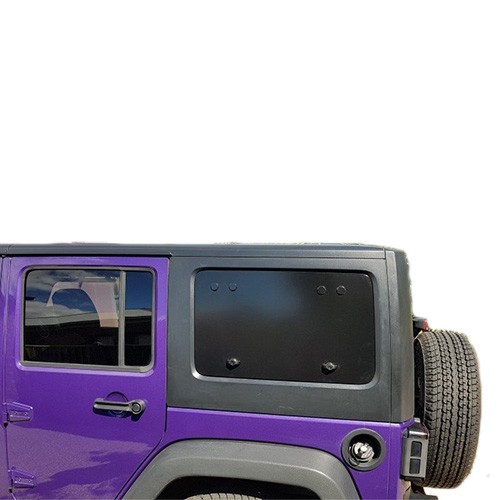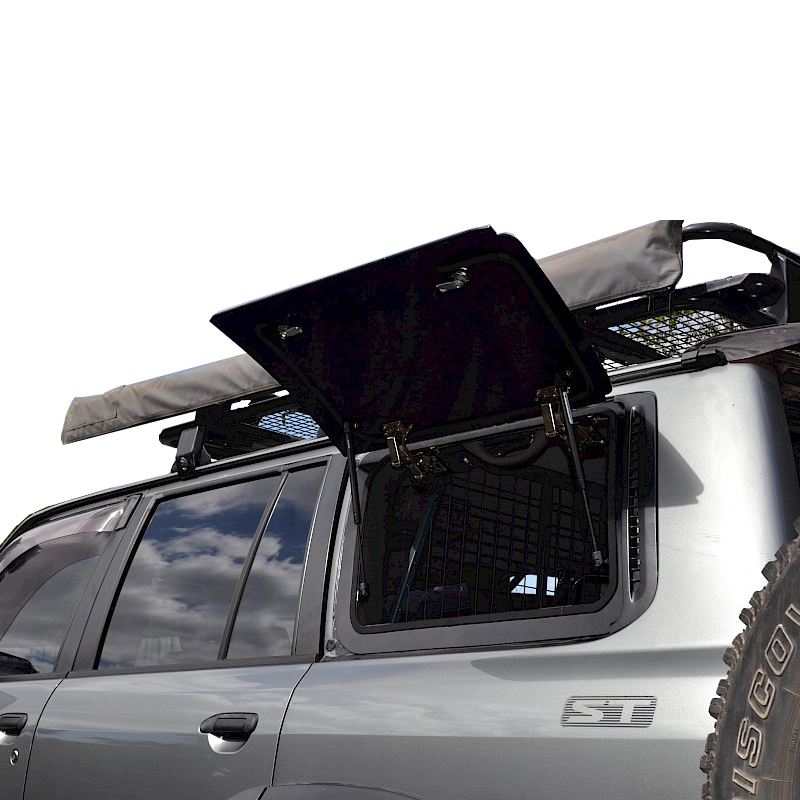Mud Driving Techniques
Mud Driving
Different types of mud need different driving techniques and equipment. Greasy mud with a hard bottom layer is best suited to narrow tyres to let them cut through the top layer to bite the hard surface below. Wide tyres in this situation tend to float on the greasy top layer without reaching the hard surface underneath.
Driving through mud is a cross between ice skating and jogging through quicksand. Some types of mud have a greasy top layer with a hard baked surface underneath, while other types can be a bottomless quagmire of gooey mush.
Thick gooey mud tends to favour wide tyres as they give some flotation, similar to wide tyres favouring sand driving. Lowering your tyre pressures can help like when sand driving, though its best not to lower tyre pressures below 20-25psi for mud.
Irrespective of what type of mud and what width tyres are fitted, the tread pattern needs to have large lugs to permit the tyre to 'clean' itself. In the event that they don't, the lugs fill with mud and the tyre becomes a 'slick' with tiny chance of getting traction. Road orientated tread patterns tend to have closely spaced lugs to put more rubber on the road and to reduce tyre noise at highway speeds. When it comes to mud, road tread tyres are at a significant disadvantage, whereas in sand they help avoid 'digging in'. Dedicated mud tyres have large open spaced lugs to keep the tyre tidy. However, they handle worse on bitumen as there is less rubber in contact with the ground and in sand they have an inclination to dig in. Also they can have an annoying drone at highway speeds.
Mud Terrain
Driving on the peaks between tyre tracks can provide firmer ground, as water tends to collect in the wheel tracks. Though sometimes the existing wheel tracks have cut through to the firmer surface underneath and provide the best traction.
Unlike some other types of terrain, mud-driving techniques vary on the type of mud. Reducing tyre pressures can help in 'bottomless' mud whereas it can make things worse when a hard surface is below the mud. Mud usually tends to hide obstacles such as tree roots and sticks waiting to slash your sidewalls, so its best to keep away from reducing tyre pressures in case you can avoid it..
As you have probably gathered by now, mud driving is unpredictable and you need to have a knowledge of different driving techniques to know which to apply in each situation. What doesn't alter is the necessity to have lovely mud tyres with huge self-cleaning lugs and lovely recovery equipment.
Moving the steering wheel left to right about 90° from the centre can help the front wheels bite in to the mud in search of traction. Do not turn the wheel for as you can finish up making things worse.
Mud 4wd Maintenance
Mud, clay & thick mud, tends to stick wherever it touches, It can build up under the wheel arches to the point it acts as a brake on the tyres. This type of build-up is obvious & has to be cleared immediately, but other types of build-up that are not so obvious but still need immediate removal is on the rims. Even a small amount can throw your wheel balance out dramatically & can lead to uneven tyre wear & a vibrating steering wheel.
One time all visible mud has been removed, its necessary to check items like diff & gearbox breathers to make sure they are clear, otherwise it con lead to seal destroy in the long term. Also check all drain holes on the chassis etc to make sure they are not blocked. Its surprising how mud may even find it’s way to block drain holes on the bottom of doors!







